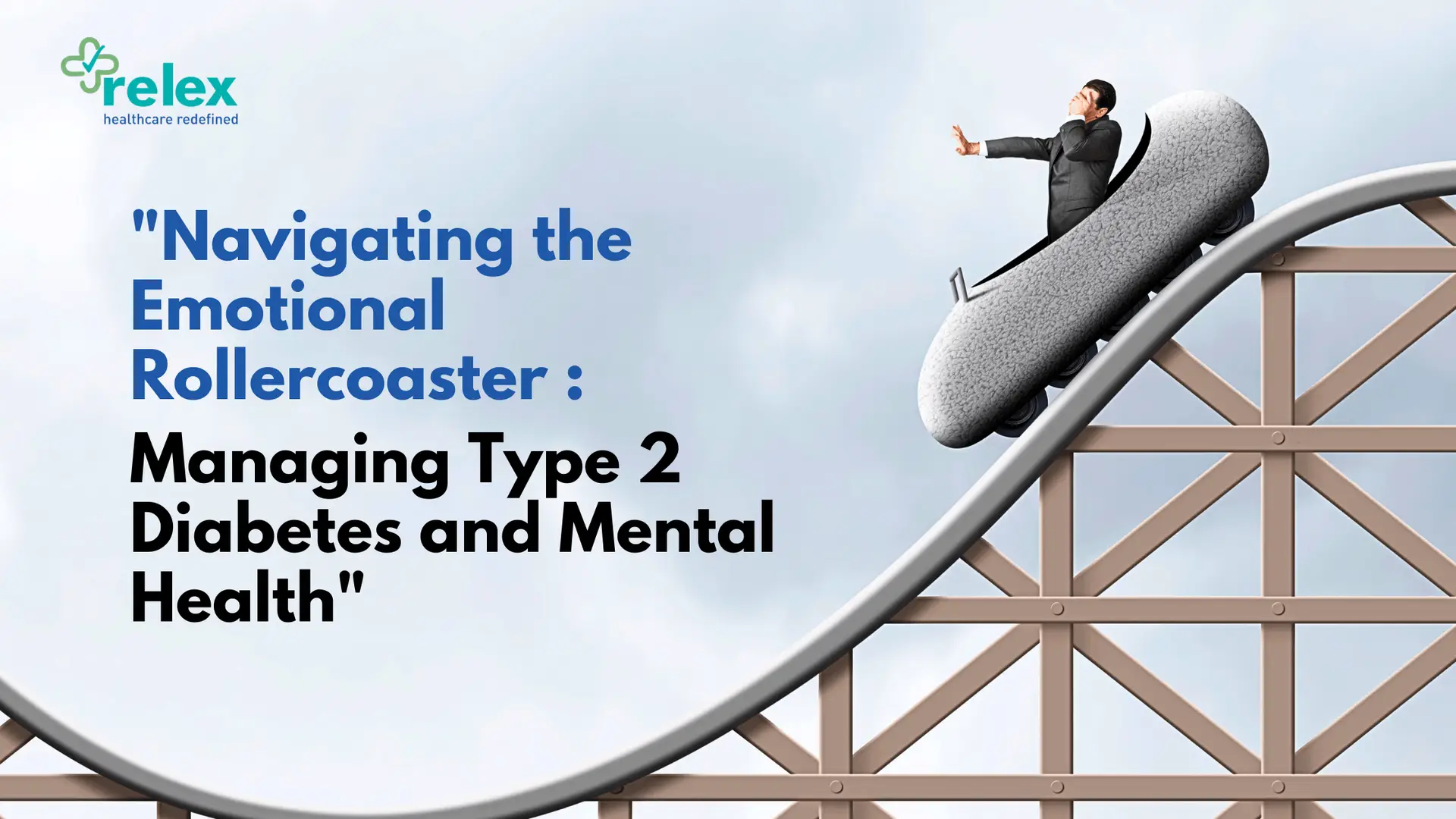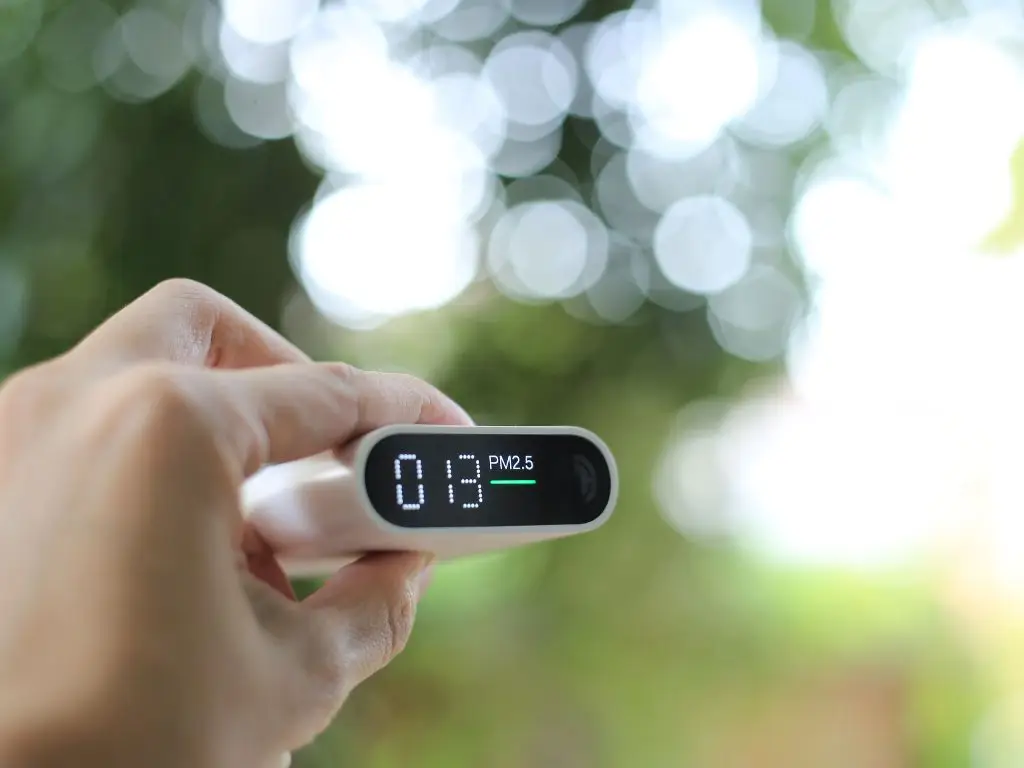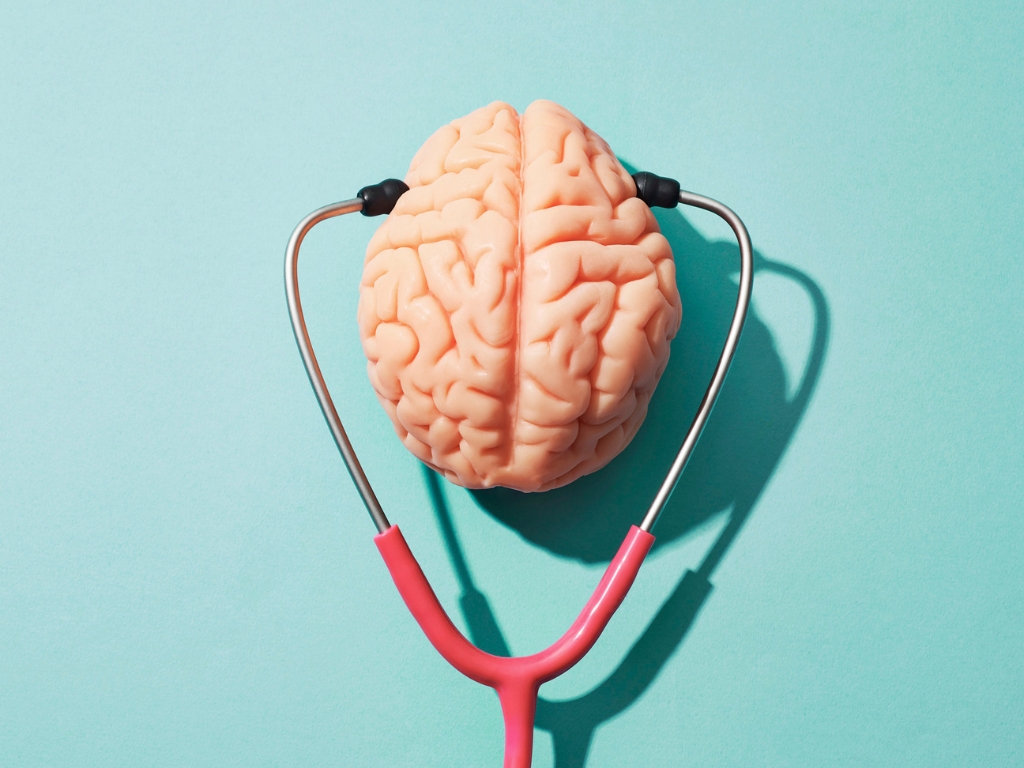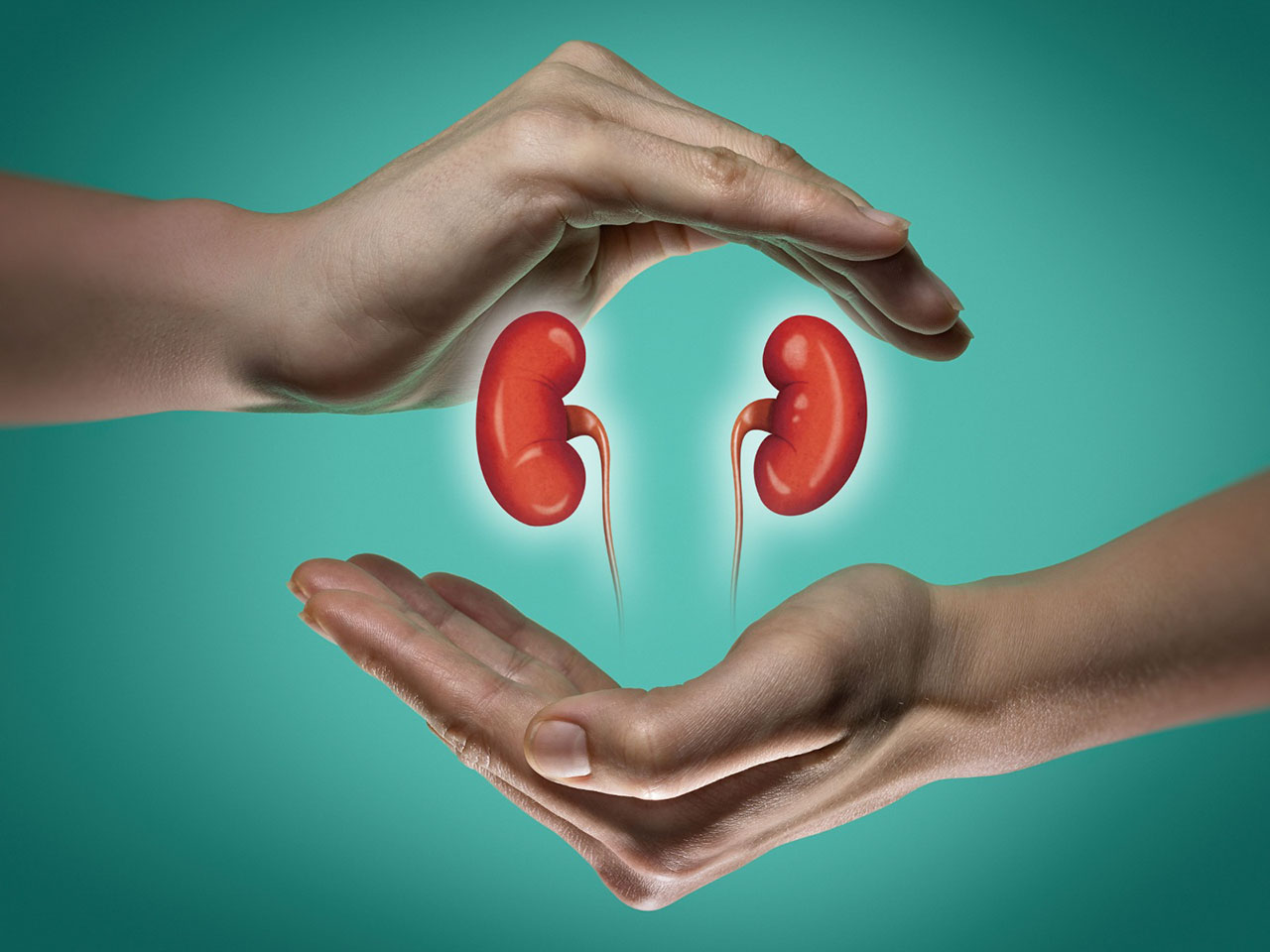Diabetes lurks in the shadows, often presenting itself through symptoms we readily recognize. But what about the signs that aren’t as obvious? Uncovering these can be the key to timely intervention and management of this often stealthy condition. Here, we delve into the realm of the less common indicators that could signal diabetes. So, let’s shine a light on what many might overlook.
Early detection of diabetes is pivotal. It’s not an overstatement to say that it can be life-changing, or even life-saving. Recognizing unusual symptoms promptly can lead to a diagnosis that many miss until the disease has progressed. This is crucial because managing diabetes early on can significantly reduce the risk of complications such as heart disease, kidney failure, and vision loss. Given the stealth nature of the condition, often referred to as a “silent disease,” awareness of these uncommon symptoms becomes all the more essential.
Many are familiar with the frequent urination, excessive thirst, and increased hunger typically associated with diabetes. However, it’s the identification of the less typical symptoms that can make a difference. For instance, periodontitis, skin changes, and frequent infections may not scream ‘diabetes’ to the untrained eye, but they are just as telling. Similarly, changes in vision or hearing, bedwetting in children beyond the usual age, fruity breath, and mood alterations could all be whispering the presence of this condition.
In understanding the panorama of diabetes symptoms, we not only equip ourselves with knowledge but also with the power to take action. By paying attention to our bodies and noting the uncommon, we give ourselves a fighting chance against the potential onslaught of diabetes-related complications. After all, health is not just the absence of disease but the ability to thrive and enjoy life to its fullest.
With this in mind, let’s embark on this informative journey, exploring the alleyways of signs and symptoms that could lead us to uncover the presence of diabetes. It’s not just about knowing; it’s about noticing the nuances of our well-being.
Understanding Diabetes Symptoms
When it comes to diabetes, certain symptoms are widely recognized and often serve as the initial warning signs prompting individuals to seek medical advice. These common symptoms include excessive thirst, frequent urination, especially at night, and unexplained weight loss or gain. Such signs are critical to acknowledge, as they are the body’s way of signaling that blood sugar levels may be abnormally high.
The importance of early detection of diabetes cannot be overstated. Identifying the condition in its nascent stages can lead to a more effective management plan, which is pivotal in staving off the myriad complications associated with the disease. The longer diabetes goes unrecognized and unmanaged, the greater the risk of experiencing serious health issues such as heart disease, nerve damage, kidney failure, and vision problems.
While these well-known symptoms serve as important flags for diabetes, they are not the sole indicators. There is a need to go beyond the obvious and consider other, less common symptoms that could suggest the presence of diabetes. This broader awareness can help catch the disease early, possibly before more severe signs and symptoms develop.
Early diagnosis is crucial and has a profound impact on the individual’s health trajectory. For instance, when diabetes is caught early, interventions such as dietary changes, increased physical activity, and medication can be implemented promptly. These measures have been shown to significantly reduce the risk of developing full-blown diabetes in those with prediabetes, as well as help manage existing diabetes more effectively, thus minimizing the risk of complications.
With this knowledge in mind, let us delve into the specifics of these common symptoms. Increased thirst and urination occur when excess glucose builds up in your bloodstream. Your kidneys are then forced to work overtime to filter and absorb the surplus sugar. If your kidneys can’t keep up, the excess sugar is excreted into your urine, dragging along fluids from your tissues, leading to dehydration and therefore a persistent sense of thirst.
Weight fluctuations also characterize diabetes. Unintended weight loss can occur despite eating more than usual due to diabetes preventing glucose from reaching your cells. As a result, muscle tissues and fat stores simply shrink. Conversely, weight gain might ensue because of insulin resistance, where cells in your muscles, fat, and liver don’t respond well to insulin and can’t use glucose for energy, causing the body to start storing it as fat.
Despite the clarity these symptoms provide, they only represent part of the diabetes spectrum. By recognizing the full range of potential symptoms, both common and uncommon, individuals stand a better chance of receiving a timely diagnosis and implementing crucial lifestyle changes or treatments. This comprehensive vigilance could make all the difference in managing diabetes effectively and maintaining a high quality of life.
Uncommon Symptoms of Diabetes
Could your recent mood swings be a symptom of diabetes? It’s not as far-fetched as it might seem. While many are aware of diabetes’ common calling cards—excessive thirst and frequent urination—there’s a host of lesser-known symptoms that could also signal this chronic condition. Let’s delve into these unusual suspects and understand why they shouldn’t be swept under the rug.
Periodontitis: A Red Flag in Your Mouth
One such stealthy symptom is periodontitis, a severe gum infection that damages the soft tissue and can destroy the bone that supports your teeth. How does this relate to diabetes? Well, elevated blood sugar levels can weaken the immune system, making infections, including those in the mouth, more likely. The relationship is bidirectional; not only can diabetes lead to periodontal disease, but periodontitis can also make it harder to control blood sugar, further exacerbating diabetes.
Skin Changes That Speak Volumes
Next on our list are skin changes. Perhaps you’ve noticed darker, velvety patches in body folds and creases—this could be acanthosis nigricans, often associated with insulin resistance, a precursor to diabetes. Skin infections, such as boils or sties, can also occur more frequently and could serve as a red flag. And then there’s the unexplained itching, particularly around the lower legs, which could be due to poor circulation stemming from high blood sugar levels.
The Body’s Alarms: Frequent Infections and Vision Alterations
Recurrent infections elsewhere in the body can also suggest an underlying issue with blood sugar regulation. Yeast infections, urinary tract infections, and even pneumonia can occur more frequently when diabetes is in play. Changes in vision, such as blurriness or difficulty focusing, can likewise be symptomatic of high blood sugar levels affecting the eyes’ ability to maintain proper fluid balance.
Hearing Loss and Bedwetting: Unlikely Diabetes Indicators
Less intuitive still is the connection between diabetes and hearing loss. High blood sugar can damage the blood vessels and nerves in the ears, leading to suboptimal auditory function. And for children, an onset of bedwetting after a period of consistent nighttime dryness could indicate type 1 diabetes, as their bodies attempt to eliminate excess sugar through urine.
Fruity Breath and Mood Swings
Fruity breath may sound benign, but it can be a sign of diabetic ketoacidosis, a life-threatening complication where the body breaks down fats too quickly due to a lack of insulin. As for mood swings, they could be the result of fluctuating glucose levels impacting brain function and hormone regulation, leading to irritability or depression.
While anecdotes and examples help make these symptoms relatable, remember that they’re not mere stories. They could be the key to early identification of diabetes, offering a chance to manage the condition before it leads to more serious complications. For instance, consider the case of John, who shrugged off his persistent skin infections as just bad luck. It wasn’t until he mentioned it during a routine check-up that his doctor suggested testing for diabetes, leading to an early diagnosis and timely intervention.
Incorporating these insights about uncommon symptoms into our diabetes vigilance can make all the difference. Being alert to these signs and understanding their potential link to diabetes empower us to seek professional advice promptly. After all, early detection is a vital step towards effective management and can significantly reduce the risk of complications.
Symptoms Mistaken for Diabetes
When navigating the complex world of health and disease, it’s crucial to recognize that not all symptoms are as straightforward as they seem. In the context of diabetes—a condition marked by high blood sugar levels—certain signs might lead you down the wrong path if not carefully evaluated. Let’s decipher some conditions that can be confused with diabetes and understand why a precise diagnosis is non-negotiable.
Conditions That Mimic Diabetes
At times, the body sends out distress signals that seem to echo the symptoms of diabetes. An enlarged prostate, for instance, may lead to frequent urination, a hallmark sign of diabetes. However, this symptom could stem from other causes like a urinary tract infection or excessive caffeine intake, both of which can also increase bathroom visits. Other conditions such as urethritis or vaginitis can cause similar discomfort and are often mistaken for diabetes-related complications. Obstructive sleep apnea and interstitial cystitis, though less directly related, can further muddy the diagnostic waters.
The Critical Role of Accurate Diagnosis
With various conditions masquerading as diabetes, the importance of an accurate diagnosis cannot be overstated. Misdiagnosing or overlooking diabetes can have severe consequences, while incorrectly attributing symptoms to diabetes when another condition is at play can lead to unnecessary interventions and anxiety. For example, research from the Diabetes Alliance for Research in England (DARE) suggests that a significant percentage of Type 1 diabetes cases in adults are initially misdiagnosed as Type 2, leading to delayed proper treatment. This highlights the potential for clinical oversight and the critical need for thorough examination and testing.
Seeking Medical Advice
So, when should one seek medical advice? It’s recommended to consult a healthcare professional if you’re experiencing any symptoms commonly associated with diabetes, particularly if they persist or worsen over time. A healthcare provider will likely assess your symptoms in conjunction with blood tests, such as a fasting plasma glucose test or an A1C test, to determine whether diabetes is the underlying cause or if another condition is responsible. Remember, self-diagnosis can be risky; only a trained medical professional can provide clarity and a path forward.
Addressing Misconceptions about Diabetes Symptoms
It’s common to associate every unusual bodily change with a serious underlying condition, but is this the right approach when it comes to diabetes? By addressing the misconception that subtle symptoms always indicate diabetes, we can foster a more nuanced understanding of this complex disease and its manifestations. Let’s delve into this topic and explore the various factors at play.
Subtle Symptoms and Their Many Causes
While it’s true that diabetes can sometimes present subtly, not every minor symptom should immediately trigger concerns for diabetes. A variety of factors, ranging from diet to lifestyle choices, can mimic the symptoms of diabetes. For instance, simple dehydration can lead to increased thirst and urination, while fatigue could be the result of poor sleep or high stress levels. It’s essential to consider the broader context of one’s health rather than jumping to conclusions based on isolated symptoms.
Distinguishing Diet and Lifestyle Factors
Our daily habits play a significant role in our overall health, and sometimes what we eat or how we live can create signs similar to those associated with diabetes. High-sugar diets, excessive caffeine intake, and sedentary lifestyles can all induce changes such as weight fluctuations, mood swings, and energy dips. Before self-diagnosing with diabetes, it’s worth examining these lifestyle elements to see if they could be contributing to your symptoms.
The Importance of Professional Medical Advice
While being aware of one’s health is crucial, self-diagnosis can often do more harm than good. This is where the expertise of healthcare professionals becomes indispensable. With their knowledge and tools, they can distinguish between the myriad causes of symptoms like frequent urination or unexpected weight loss. They are equipped to conduct tests like fasting blood sugar, HbA1c, and random blood glucose to confirm or rule out diabetes. Remember, only a healthcare provider can provide accurate diagnosis and guidance tailored to your specific health needs.
Encouragingly, the act of seeking medical advice need not be daunting. It’s a proactive step (like Relex Care Plan) towards taking charge of one’s health. Regular check-ups and open communication with your doctor can go a long way in maintaining wellness and catching any potential issues early on. So, if you’re experiencing any unusual symptoms, let a professional be your guide.
Call-to-Action
As we wrap up our exploration of the lesser-known symptoms of diabetes, it’s crucial to reflect on what we’ve learned. Recognizing these atypical signs—ranging from skin changes and frequent infections to mood alterations and fruity breath—is vital for early detection and management of this pervasive condition. Early intervention can significantly reduce the risk of complications, which is a pivotal aspect of diabetes care.
Early detection of diabetes cannot be overstressed. It’s not just about quality of life; it’s about adding years to your life. Considering the stages of diabetes, from insulin resistance to type 2 diabetes with vascular complications, understanding and recognizing the full spectrum of potential symptoms can make a world of difference. Timely diagnosis paves the way for effective management strategies, which are known to mitigate the risk of severe complications that can shorten life expectancy in individuals with diabetes.
We encourage you to stay vigilantly informed about the possible indicators of diabetes. Remember, while thirst, hunger, and frequent urination are the ‘classic’ symptoms, there are numerous other signs that could suggest your body is struggling with insulin regulation. If you or someone you love experiences any unusual symptoms, such as those discussed throughout this post, don’t hesitate to seek medical advice.
Consulting a healthcare professional is essential when you notice symptoms that could be related to diabetes, especially if they persist or worsen. Medical testing can confirm or rule out the disease, enabling you and your doctor to formulate the best course of treatment if necessary. This proactive approach can help maintain a healthy blood sugar level and prevent the onset of more serious complications associated with unmanaged diabetes.
Lastly, remember that taking care of your health should be a top priority. Regular check-ups, an active lifestyle, and a balanced diet are cornerstones of not only preventing diabetes but also leading a fulfilling life. Let’s take action today to ensure a healthier tomorrow by staying alert to the signs and symptoms of this condition.

























